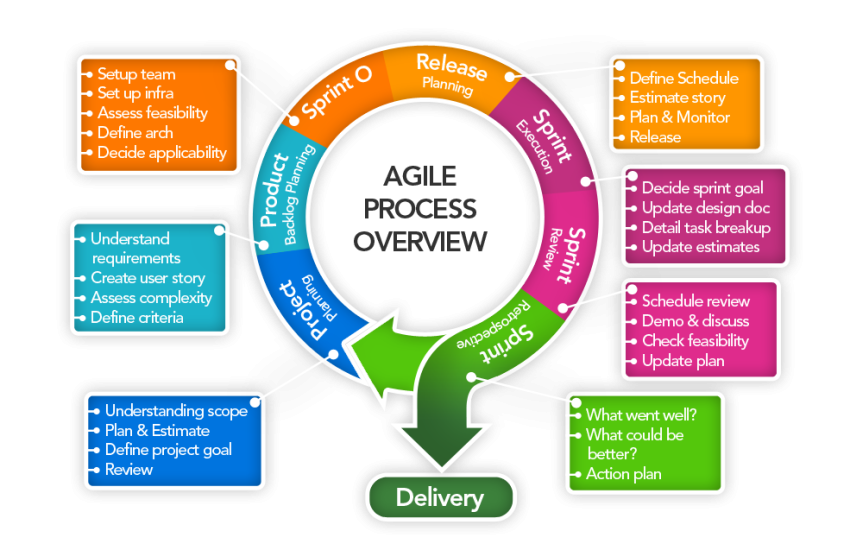How to Build a Fast-Loading Website Using Development Tools
In today’s fast-paced world, website loading speed is crucial for user experience and search engine optimization. A slow-loading website can drive visitors away and impact your website’s ranking on search engines. To ensure your website loads quickly and efficiently, it’s important to use the right development tools and techniques. In this article, we’ll discuss how to build a fast-loading website using development tools.
Choose the Right Hosting Provider
Before diving into development tools, it’s essential to choose a reliable hosting provider that can support fast loading speeds. Look for a provider that offers SSD storage, CDN (Content Delivery Network) integration, and optimized server configurations. A good hosting provider can significantly impact your website’s loading speed.
Optimize Images
Large images can slow down your website significantly. To optimize images for fast loading speeds, use image compression tools like TinyPNG or ImageOptim. Additionally, implement lazy loading techniques to only load images when they are in the viewport. This will help reduce the initial load time of your website.
Minify CSS and JavaScript
Minifying CSS and JavaScript files can reduce the file size, resulting in faster loading times. Use tools like UglifyJS and CSSNano to minify your files and remove unnecessary code and whitespace. You can also combine multiple CSS and JavaScript files into a single file to reduce the number of HTTP requests required to load your website.
Utilize Browser Caching
Browser caching allows your website’s files to be stored in a user’s browser cache, reducing the need to re-download files on subsequent visits. You can set expiration dates for different types of files, such as images, CSS, and JavaScript, using tools like Apache’s mod expires or Nginx’s ngx http headers module. This can significantly improve loading speeds for returning visitors.
Use a Content Delivery Network (CDN)
A Content Delivery Network (CDN) stores your website’s files on servers located in different geographic locations. When a user visits your website, the CDN serves files from the nearest server, reducing latency and loading times. Popular CDNs like Cloudflare, Amazon CloudFront, and Akamai offer fast and reliable services for optimizing website loading speeds.
Optimize Server-Side Code
Optimizing your server-side code is crucial for fast-loading websites. Use tools like Google’s PageSpeed Insights or GTmetrix to analyze your website’s performance and identify areas for improvement. Additionally, consider implementing server-side caching, database optimization, and code minification to reduce loading times.
Implement Asynchronous Loading
Asynchronous loading allows files to be loaded concurrently, instead of waiting for each file to finish loading before moving on to the next. This can significantly improve loading speeds, especially for websites with a large number of files. Use tools like defer attributes for scripts and async attributes for CSS to implement asynchronous loading efficiently.
Regularly Monitor and Test
Finally, it’s essential to regularly monitor and test your website’s loading speed using tools like Google PageSpeed Insights, Pingdom, or GTmetrix. These tools can provide valuable insights into areas for improvement and help you optimize your website for fast loading speeds. Continuously testing and optimizing your website will ensure that it remains fast and efficient for users.
By following these tips and utilizing the right development tools, you can build a fast-loading website that provides an excellent user experience and boosts your search engine rankings. Remember, website loading speed is crucial in today’s digital age, so make it a priority in your development process.


